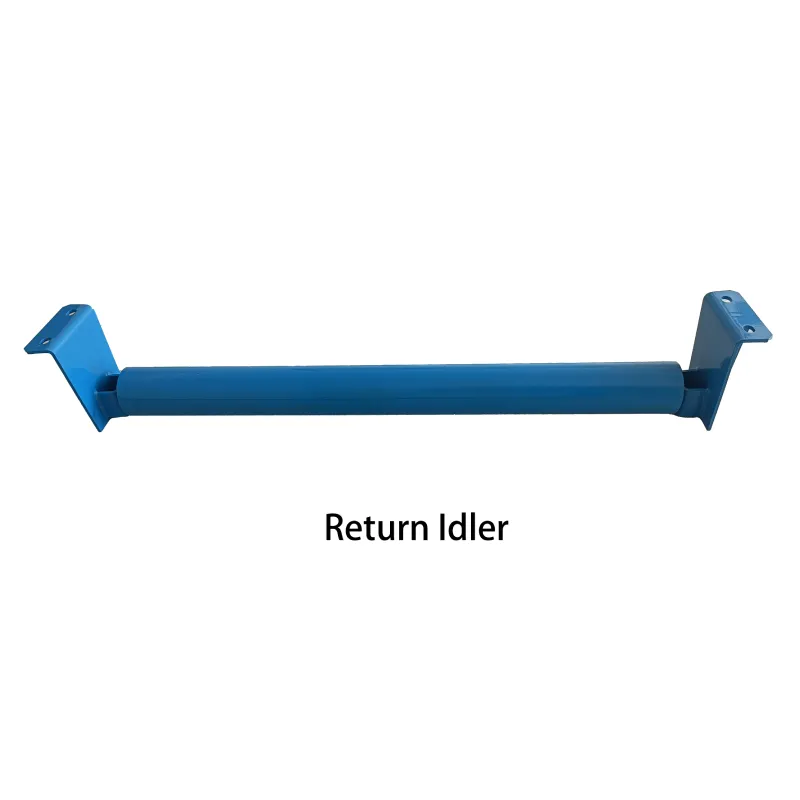 Afrikaans
Afrikaans  Albanian
Albanian  Amharic
Amharic  Arabic
Arabic  Armenian
Armenian  Azerbaijani
Azerbaijani  Basque
Basque  Belarusian
Belarusian  Bengali
Bengali  Bosnian
Bosnian  Bulgarian
Bulgarian  Catalan
Catalan  Cebuano
Cebuano  Corsican
Corsican  Croatian
Croatian  Czech
Czech  Danish
Danish  Dutch
Dutch  English
English  Esperanto
Esperanto  Estonian
Estonian  Finnish
Finnish  French
French  Frisian
Frisian  Galician
Galician  Georgian
Georgian  German
German  Greek
Greek  Gujarati
Gujarati  Haitian Creole
Haitian Creole  hausa
hausa  hawaiian
hawaiian  Hebrew
Hebrew  Hindi
Hindi  Miao
Miao  Hungarian
Hungarian  Icelandic
Icelandic  igbo
igbo  Indonesian
Indonesian  irish
irish  Italian
Italian  Japanese
Japanese  Javanese
Javanese  Kannada
Kannada  kazakh
kazakh  Khmer
Khmer  Rwandese
Rwandese  Korean
Korean  Kurdish
Kurdish  Kyrgyz
Kyrgyz  Lao
Lao  Latin
Latin  Latvian
Latvian  Lithuanian
Lithuanian  Luxembourgish
Luxembourgish  Macedonian
Macedonian  Malgashi
Malgashi  Malay
Malay  Malayalam
Malayalam  Maltese
Maltese  Maori
Maori  Marathi
Marathi  Mongolian
Mongolian  Myanmar
Myanmar  Nepali
Nepali  Norwegian
Norwegian  Norwegian
Norwegian  Occitan
Occitan  Pashto
Pashto  Persian
Persian  Polish
Polish  Portuguese
Portuguese  Punjabi
Punjabi  Romanian
Romanian  Russian
Russian  Samoan
Samoan  Scottish Gaelic
Scottish Gaelic  Serbian
Serbian  Sesotho
Sesotho  Shona
Shona  Sindhi
Sindhi  Sinhala
Sinhala  Slovak
Slovak  Slovenian
Slovenian  Somali
Somali  Spanish
Spanish  Sundanese
Sundanese  Swahili
Swahili  Swedish
Swedish  Tagalog
Tagalog  Tajik
Tajik  Tamil
Tamil  Tatar
Tatar  Telugu
Telugu  Thai
Thai  Turkish
Turkish  Turkmen
Turkmen  Ukrainian
Ukrainian  Urdu
Urdu  Uighur
Uighur  Uzbek
Uzbek  Vietnamese
Vietnamese  Welsh
Welsh  Bantu
Bantu  Yiddish
Yiddish  Yoruba
Yoruba  Zulu
Zulu v belt tensioner pulley
Understanding the V-Belt Tensioner Pulley A Key Component in Mechanical Systems
The V-belt tensioner pulley is a pivotal element in many mechanical systems, especially in automotive applications. This component plays a critical role in maintaining the proper tension on the V-belt, which is essential for the efficient functioning of various engine accessories, including the alternator, power steering pump, water pump, and air conditioning compressor. Understanding the importance and function of the V-belt tensioner pulley can help vehicle owners and mechanics alike appreciate its role in maintaining the overall health of an engine.
The Basics of V-Belts and Pulley Systems
V-belts are primarily designed to transfer power between rotating shafts. Their design allows for considerable flexibility and strength, making them prevalent in both automotive and industrial applications. The 'V' shape of the belt allows it to grip the pulley adequately, which reduces slippage and ensures efficient power transfer. However, to function effectively, these belts must maintain a specific tension. This is where the tensioner pulley comes into play.
The tensioner pulley automatically adjusts the tension of the V-belt to accommodate changes in load and wear. It is crucial for preventing the belt from becoming too loose, which can lead to slippage and inefficient operation, or too tight, which can cause excessive wear on the belt and associated components.
How the V-Belt Tensioner Pulley Works
The V-belt tensioner pulley is typically mounted on a spring-loaded mechanism, allowing it to move in response to the tension of the belt. As the belt wears over time, its length may decrease, necessitating an adjustment in tension. The tensioner pulley responds to this change by moving closer to the belt, applying the necessary pressure to keep it taut.
In addition to ensuring proper belt tension, the tensioner pulley also helps to dampen vibrations that can occur during operation. This vibration reduction is essential for preventing premature wear on both the belt and the components it drives, enhancing the longevity of these parts.
Signs of a Failing Tensioner Pulley
Like any mechanical component, the tensioner pulley can fail over time. Drivers should be aware of several signs that indicate potential issues with the tensioner pulley or associated components
v belt tensioner pulley

2. Belt Wear Unevenly worn V-belts can indicate problems with the tensioner or alignment issues within the belt system.
3. Vibration Excessive vibration or movement of the tensioner pulley itself can indicate that the pulley bearing is worn out or failing.
4. Dashboard Warning Lights In modern vehicles with advanced diagnostics, a warning light may illuminate if the engine is not receiving power to critical components due to a failed tensioner pulley.
Maintenance and Replacement
Regular maintenance of the V-belt and its tensioner pulley is essential for the overall health of the vehicle. It is advisable to inspect the V-belt and tensioner system periodically, especially during routine oil changes or servicing. Replacing worn belts and tensioner pulleys promptly can prevent more severe engine issues down the line.
When replacing a tensioner pulley, it’s essential to use quality parts that meet or exceed OEM specifications. This practice ensures optimal performance and longevity of the belt system.
Conclusion
The V-belt tensioner pulley is a small yet vital component of many mechanical systems, essential for maintaining belt tension and ensuring the overall efficiency of engine accessories. By understanding its function, recognizing signs of failure, and adhering to a regular maintenance schedule, vehicle owners can enhance the reliability and longevity of their engines. Keeping an eye on this component is a straightforward yet effective way to safeguard your vehicle's performance and health.
-
Revolutionizing Conveyor Reliability with Advanced Rubber Lagging PulleysNewsJul.22,2025
-
Powering Precision and Durability with Expert Manufacturers of Conveyor ComponentsNewsJul.22,2025
-
Optimizing Conveyor Systems with Advanced Conveyor AccessoriesNewsJul.22,2025
-
Maximize Conveyor Efficiency with Quality Conveyor Idler PulleysNewsJul.22,2025
-
Future-Proof Your Conveyor System with High-Performance Polyurethane RollerNewsJul.22,2025
-
Driving Efficiency Forward with Quality Idlers and RollersNewsJul.22,2025





























